Getting the exclusion of canned tuna from the negotiating process between Thailand and the EU for a free trade agreement is the main challenge of ANFACO-CECOPESCA. Its president, Iván Alonso-Jaúdenes Curbera is very clear and mentions several times in this interview the imperative need for all countries to apply the same rules of the game in a market that is more than consolidated in our country and accounts for 5% of GVA. Within the borders, ANFACO has companies that create stable jobs with 90% of permanent jobs and with R&D objectives that already contemplate intelligent manufacturing. Anfaco hopes to achieve total decarbonization of its member companies by 2030.
What challenges does Anfaco face in the metal packaging of its members’ seafood products?
Lightweight metal containers have continuously improved their performance to adapt to a product such as canned food, destined to be subjected to a heat treatment that guarantees an indefinite shelf life. In particular, we are referring to their resistance to external agents, the stability of internal coatings to ensure maximum safety and quality of fishery and aquaculture products packaged in different covering media. All this facilitates the development of a range of products adapted to very different moments of consumption and that prevent food waste.
In the area of consumer convenience, lightweight metal packaging has evolved to facilitate opening and adaptation to different sizes and different forms of presentation. In addition, they have adapted to present productivity lines and to transport and storage conditions.
From ANFACO-CECOPESCA our challenge is that society perceives that metal packaging evolves to become an ideal ally in the convenience, nutrition and health and sustainability of steel and aluminum that can undergo an infinite cycle of recycling efficiently while maintaining their properties.
Can you give us an update on the problem you have with illegal fishing countries such as Thailand? Are the European authorities strongly supporting you or do you need more support?
Illegal, unreported and unregulated (IUU) fishing has serious negative consequences for our fisheries. In addition to the negative impact on the sustainability of fishery resources, it is unfair and unequal competition for those of us who comply with the legislation implemented to prevent the trade of products from these illegal practices.
With respect to the EU, the fight against IUU fishing is a priority and since 2010 we have a community regulation, which recently, through another legal instrument, will implement the digital system of catch certificates, which will allow its centralized management and which we hope will harmonize controls on IUU fishing, representing a step forward as long as it is fully implemented and provided with agile tools. Known as CATCH IT, it should be a tool for the defense of the level playing field in the EU market, preventing the import of products into the Community market that do not comply with the regulations.
Thailand is a country that is committed to this fisheries deregulation. The EU is currently negotiating a Free Trade Agreement with this ASEAN member country. Other countries such as Vietnam, a yellow card country under the IUU fishing regulation, or the Philippines already enjoy preferential access to the EU market, either under a free trade agreement as in the case of Vietnam or under the Tariff Preference System, as in the case of the Philippines. Indonesia is negotiating an agreement and the Philippines is also seeking to promote a bilateral trade agreement.
In this regard, we would like EU trade policy to be consistent with fisheries policy and not to establish situations that put European industries at a competitive disadvantage, slowing down growth under the European sustainable model.
In short, ensuring the so-called level playing field in the market must be a priority to boost the international competitiveness of our industry. Fighting IUU fishing requires a comprehensive approach involving governments, the fishing value chain and consumers.
The sustainability of metal packaging is under debate, as is its recyclability. Does Anfaco have any initiatives in this regard?
We believe that the majority of the population understands that a lightweight metal container such as the one we use in the production of our preserves is easily recyclable.
Data reported to MITERD show a recycling rate of 92.2% in 2021. This recycling rate is calculated according to the new methodology that changes the point of measurement and that must consider the presence of impurities and humidity.
In this area, we believe it is feasible to achieve the key objective of the European Green Pact: to make all packaging fully recyclable by 2030. A regulation that recognizes – and rewards – real recycling is an important step towards a truly circular economy. Lightweight metal packaging facilitates separation by highly efficient magnetic processes.
Canning manufacturers are committed to raising awareness, which is demonstrated in their day-to-day management. Consumers have the information and awareness to take their metal containers to the yellow garbage can.
What is the economic and social contribution of the canned fish and seafood industry at national and international level?
In Spain, the processing and preservation of fish, crustaceans and mollusks industry (CNAE 10.2) is relevant throughout the national territory, with special representation in the economy of those coastal regions highly dependent on fishing, where it plays a driving and structuring role in the development and territorial cohesion.
According to the latest data from the National Institute of Statistics, there are more than 570 companies in the fishing industry, with more than 26,300 employees and a turnover of more than 7,800 million €. These data represent 2.3% of the number of companies in the food industry, 6.1% of the employed personnel and 5.4% of the turnover of the total food and beverage industry in Spain.
In Spain, the gross value added (GVA) of the fish industry contributes 15% and Spanish exports of fish and seafood preparations and preserves exceed 225,700 tons valued at 1.3 billion euros.
These data reflect the strategic nature of the fishery and aquaculture products processing industry in the generation of added value and its contribution to the economy and employment in Spain. An industry that develops an essential activity, providing a basic food product for a balanced and healthy diet for citizens.
How has employment and investment in the sector evolved in recent years in this particular sector?
In terms of employment, we can affirm that our sector is a job-creating sector that enjoys great stability. Employment figures are showing a positive trend that consolidates employment in recent years. With a large presence of female personnel (more than 65% of the total), indefinite-term contracts (more than 90%) and a low accident rate stand out.
With respect to investment, following the events of recent years, the industry is focusing its investments on efficiency and competitiveness.
The support of the different administrations through measures that favor industrial activity is vital. In this area, we are awaiting the publication of the call for PERTE Mar-Industria grants that will help to promote investment projects towards the green and digital transition of our sector.
In terms of employment and workers in the sector, are they sufficiently qualified and is the evolution of new production methods affordable to meet the required objectives without any problems?
Our economic activity is fundamental in the creation of employment and in the fixation of the population in certain areas that are economically highly dependent on this sector.
Qualifications in basic production positions are obtained on the job due to a lack of specific qualifications; for example, a particularly difficult position is that of a sealing mechanic in the canning industry.
In addition, the implementation of innovation and new technologies in the production process requires an increase in the training levels of workers in the sector to adapt to new production methods. At the same time, the aging of the labor force (more than30% of employment is occupied by people over 50 years of age) limits the potential of the sector.
Technological development, linked to digitalization and circular economy, demands people trained in these incipient areas: digitalization, sustainability, species production technologies, or food quality and safety. In these profiles linked to innovation and technological development activities, there are unmet personnel needs: 50% of companies have difficulties in incorporating this type of profiles, which increases to values of 90% if we combine training with experience, management knowledge and transversal skills.
Is technological innovation important for Anfaco, and is there any line of work in this regard?
Our lines of work are oriented to four different areas; sustainability and circular economy, digitalization and industry 4.0, biotechnology and health, and marine and aquaculture resources. We currently have 54 projects underway of which 56% are under direct contract with companies in the sector and 28% are large international projects. Automation solutions are being developed based on specialized sensorics for the integration of process data, in order to be able to extend the use of more advanced technologies such as AI and advance in smart manufacturing.
On the other hand, progress is being made in the decarbonization of the sector through the electrification of production systems. In the field of circular economy, we are committed to the development of technological solutions that allow the valorization of by-products and effluents from the industry by obtaining high quality proteins and other compounds for the pharmaceutical, cosmetic and packaging sectors, etc. In the field of health, we are working on the in-depth study of fish protein, in order to highlight its healthy nature. In this sense, it is important to continue raising awareness of the importance of changing dietary habits in favor of fish products. To this end, we are working on the development of new products and formats, adapted to new consumers and consumption habits that allow us to bring the benefits of these foods closer to the consumer.
What is the level of competitiveness of the canned seafood sector?
At ANFACO-CECOPESCA we understand competitiveness as the ability to generate greater added value to the consumer for the same price. This is something we try to achieve through recipes adapted to their tastes, in convenience, with formats that fit their lifestyle, but also in nutrition, with first class ingredients, without forgetting environmental standards and our contribution to society.
In all this perception of value by the European consumer, we believe that the industries associated with ANFACO-CECOPESCA are unstoppable. Of course, as long as our competitors in third countries are governed by the same rules of the game, especially in terms of IUU fishing, which threatens the world’s fish stocks, and which must be a shared roadmap to ensure supply and stability. I firmly believe in the future of this sector if these same conditions are met, due to the capacity demonstrated for more than 100 years in generating this added value.
At the international level, are there regulations that specifically affect this sector?
Our sector is strategically committed to internationalization as a lever for growth. Without renouncing our main market, Europe, the industry has made a strong commitment to diversify its sales outside the EU.
The United States, North Africa and Latin America are target markets where the industry is already present and where there is room for growth. The Middle East is another outstanding destination that has been developing in recent years, becoming an attractive market for the industry. Finally, we should mention Asia, where the market is gradually beginning to open up, considering the purchasing power and the westernization of consumer habits.
At the European level, our main concern is to ensure the level playing field, demanding the same rules of the game and requesting that the sensitivity of canned products, especially tuna, be taken into account in the framework of trade agreements. As for international markets, work should focus on eliminating tariff and non-tariff barriers. For example, in the United States market, the entry tariff for canned tuna in oil is 35%, which penalizes our exports. In areas such as technical requirements or regulations, it is also necessary to work, so that they do not represent a barrier to access.
What is Anfaco’s current challenge or main concern in the canned fish sector?
The challenge is to achieve the exclusion of canned tuna from the negotiation process between Thailand and the European Union for a free trade agreement. One concern is access to raw materials in a year in which there have been large fluctuations and whose cause is multivariate.

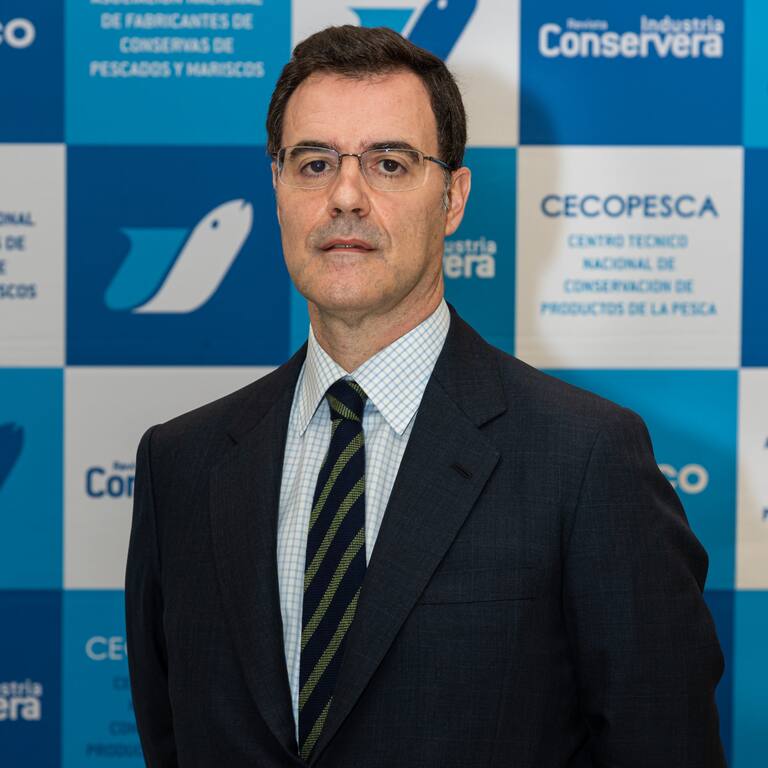
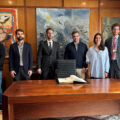
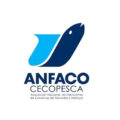
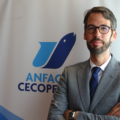
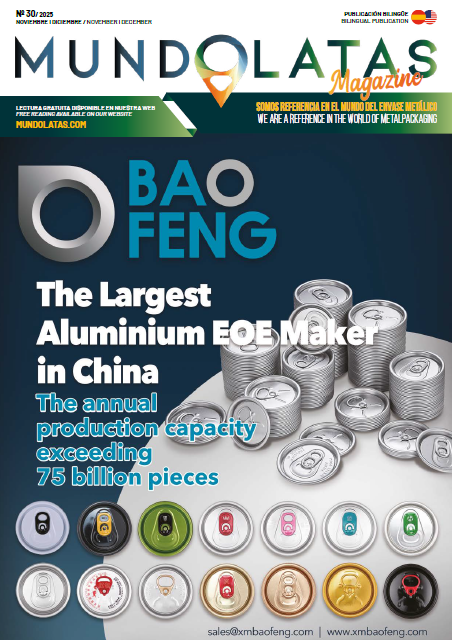


0 Comments